 When I was growing up and learning basic skills like CPR, the conventional wisdom and teaching on tourniquet use was entirely different that it is today. At that time, the medical community discouraged tourniquet use because of the risk to the injured limb on the far (from the heart) side of the tourniquet. As an example, if a tourniquet was applied above the knee area to stop bleeding in the lower leg, the big concern was over permanent damage to the lower leg from lack of blood flow to that area.
When I was growing up and learning basic skills like CPR, the conventional wisdom and teaching on tourniquet use was entirely different that it is today. At that time, the medical community discouraged tourniquet use because of the risk to the injured limb on the far (from the heart) side of the tourniquet. As an example, if a tourniquet was applied above the knee area to stop bleeding in the lower leg, the big concern was over permanent damage to the lower leg from lack of blood flow to that area.

Knowing how to use a tourniquet is the first step. You also need to have it with you. A quick-access pouch like this one from Blue Force Gear helps.
Since those days, the medical community has done a reversal of “general” recommendations on tourniquet use. Based on field of combat experience in Iraq and Afghanistan, first responders realized two things. First, a serious arterial bleed in an extremity will can cause death in as little as a couple of minutes and loss of cognitive ability in 30 seconds give or take. If the tradeoff is between loss of a limb and death, most people would choose to live without an arm or a leg. The second learning made this tradeoff more of a moot point. Trauma care providers realized that it takes a long time for a tourniquet to cause irreparable damage to an extremity, perhaps as much as two to four hours. That’s a lot of time to get a stabilized victim to professional help.
Why is everyone all hot and bothered about gearing up to carry tourniquets these days? After all, it would be a rare thing indeed if anyone in your immediate circle of family and friends was shot in an arm or leg, causing a potentially lethal arterial bleed. Here’s the thing. While the odds of you being a first responder to a shooting event or accident are very low, the odds of you being the first responder to some other serious injury situation at some point in your life are pretty high. Ever been the first person on the scene of an auto accident? How about a work site injury? Maybe you’re into outdoor sports like hiking, climbing, motocross, or a myriad of other things that involve physical activities and some risk of injury. The list can go on, but you get the idea. There are an infinite number of ways that someone can be cut, broken, or perforated to the point of damaging an artery.

A tourniquet works by cutting off blood flow to the injured area by compressing the artery above the wound area.
Few if any question the value of learning basic CPR skills. Knowing what to do can and has saved many, many lives. Now, people are realizing that basic knowledge of how and when to use a tourniquet can be equally valuable.
Before we dive into the process of how and when to use a tourniquet, it’s important to note that reading an article like this one is no substitute at all for training by qualified professionals. We will share the process here to provide initial exposure to the steps along with some tips and tricks, so you have a basic understanding of the concepts. Check with your local schools, Red Cross, hospitals, and fire departments to see if there are any upcoming “Stop the Bleed” or similar training opportunities in your area.
Read the rest: How and Why to Use a Tourniquet | OutdoorHub

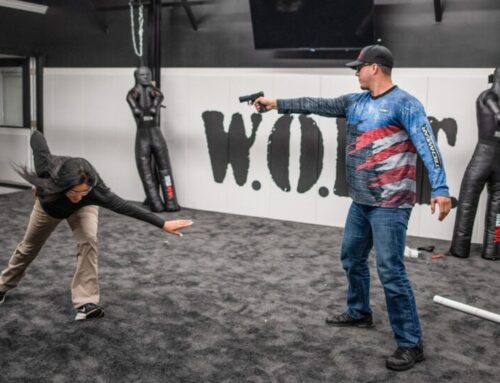
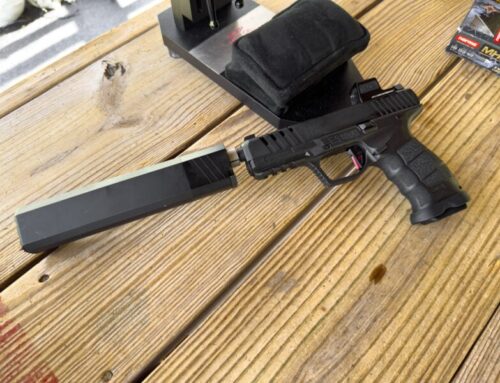
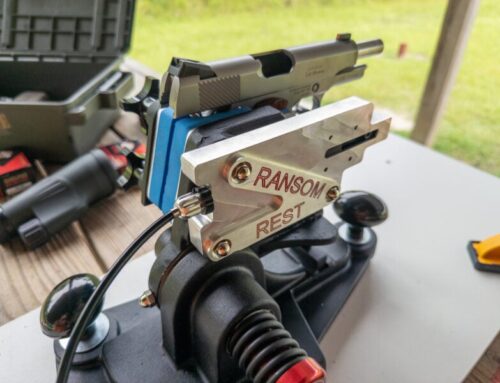
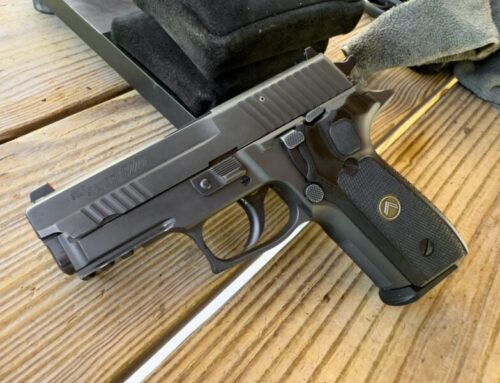
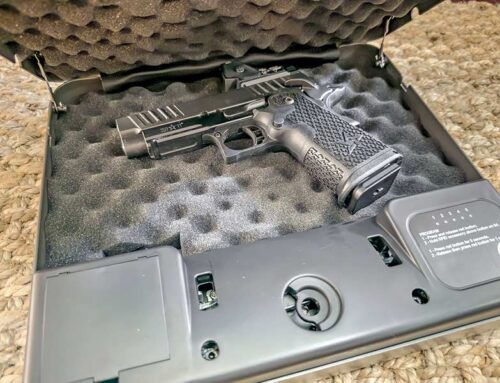
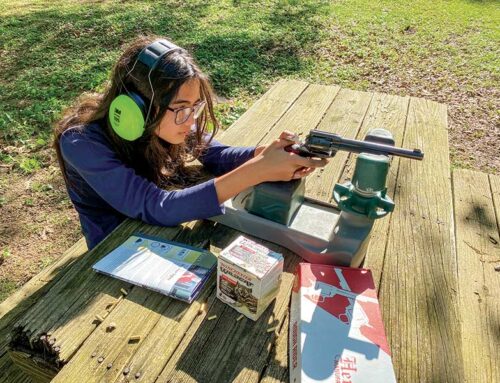
Leave A Comment